Teach realistic drawing in 7 steps!
- ArtfulMommy

- Feb 26, 2019
- 5 min read
Let me start of by saying that process based art should be the focus of your child's art for at least the first 3 years of their life. They should be allowed to explore and play with the materials involved in painting and drawing so that they will develop a confidence and love for art. I spent the first 3 years of my daughters life doing process based art. Lots and lots of scribbles, lines, colors and mixing of paint. Sometimes she would tell me a scribble was a "ghost" or "fireworks," but these images were often accidental.

At some point, around the age of 3, you can show your child how to draw a stick figure. (This would also be around the time when you might show them how to write their name.) Then keep doing process based art with them. The week after my daughter's 3rd birthday I showed her how to draw a stick figure (in purple). She surprised me by doing the pink drawing to the right. The next weekend we were at the beach and on her own she started drawing stick figures of our entire family in the sand. This was the beginning of representational drawing for her. For the remainder of that year my daughter furiously and steadfastly drew stick figures, mostly family portraits, and always stick figures. They were fascinating. I watched and never gave her any instruction.
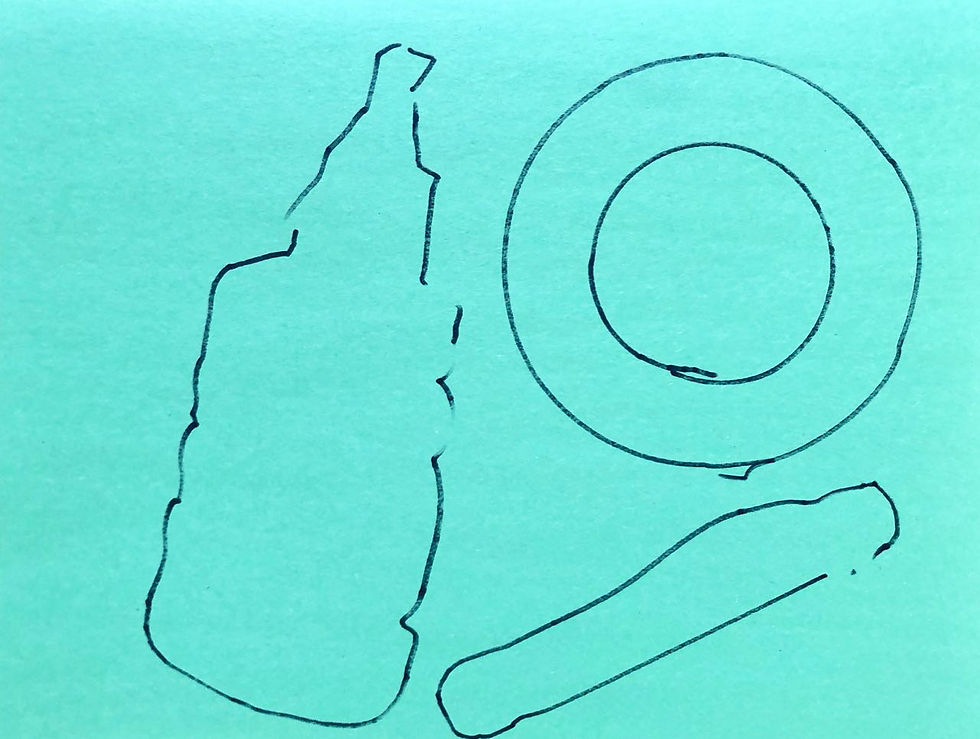
During that same year my daughter learned how to trace small objects. A tape roll, a marker, etc. You can do this at home too. Give your child a variety of small objects and have them trace them. This will teach them that all objects take up space and this space looks different for every object. They will begin to believe that they can draw objects just by tracing them. This is an important step in representational drawing.

Teach your child the difference between drawing a straight line, curved line, angle line, circle, and dot. You can practice with them by drawing the line on a large piece of paper and having your child make the same line with an arm movement. Then have them attempt to draw these different types of lines on paper. You can even teach them their name using this method. Let's say their name was Suzie. The S is a curved line. The u is a curved line and straight line. The z is two angle lines. The i is a straight line and a dot. The e is a straight line and curved line. A name with an O or or Q would have a circle in it. Draw their name on a large piece of paper, point to the different types of lines and ask them what they are. Then have them follow along as you write their name stating the line types that you are drawing as you write it.

At around age 4 my daughter started drawing our cat. The funny thing was unlike the people she drew, the cat was not a stick figure, it was a somewhat realistic image of a cat. At this point I knew she could draw more than a stick figure, so I went back and showed her how to draw people three-dimensionally. She still wanted nothing of it and continued on with her stick figures, so I let it go. Then one day we did a tracing exercise. I had my son stand on one side of the door and my daughter drew him. About a week later she began adding volume to her figures. You can do this at home. Stand outside a window and draw your child, then have them draw you through the glass. A few weeks after this exercise there was a total shift in my daughter's drawings. Stick figures were gone. Bodies now took up space. I could see her trying to figure out how body parts fit together on her paper. She started churning out drawings of people, and things, realistically from her imagination and memory. It was as if all of a sudden she had realized that she could draw anything.
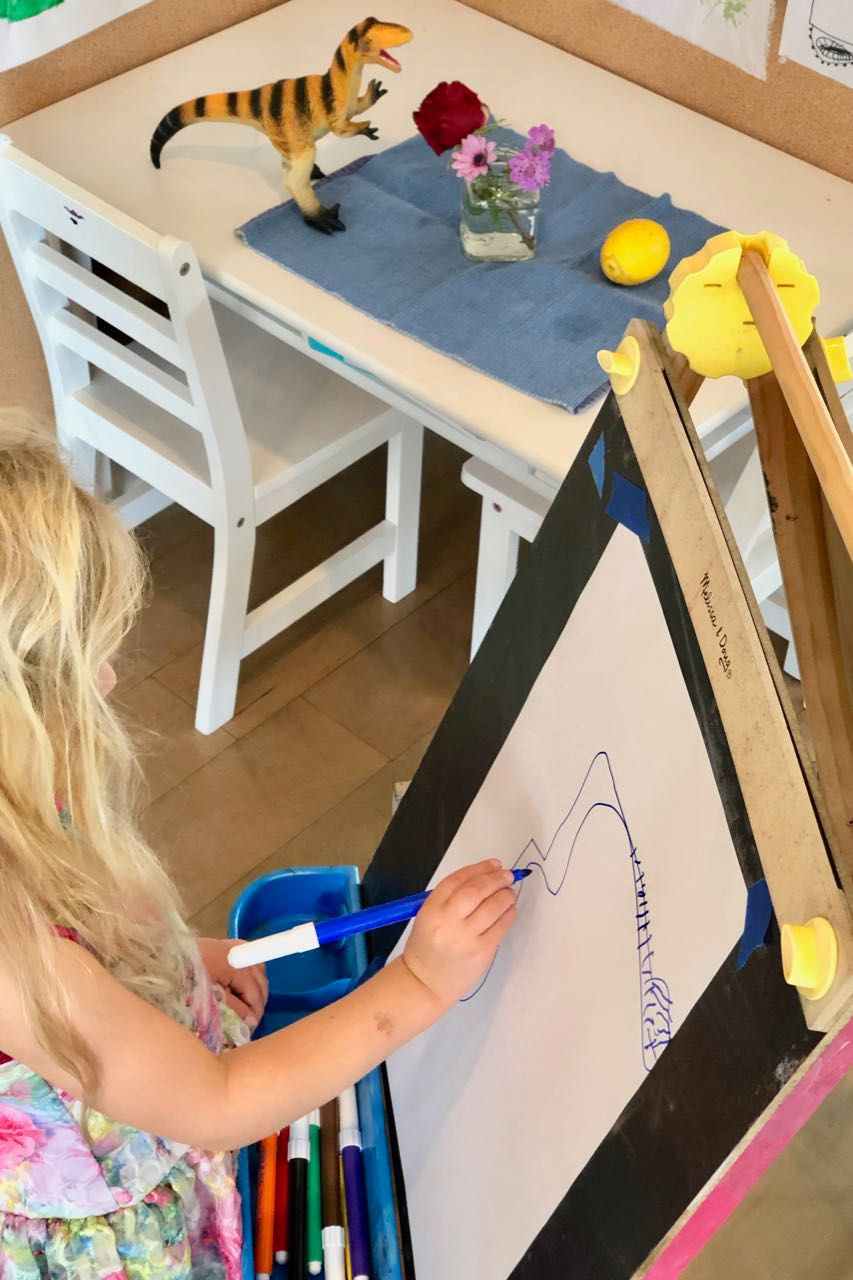
Teach your child about observational drawing. This means show them that if they want to draw a car, they can look at a car (or a toy car). Or if they want to draw a flower, they can go outside and pick a flower then draw it. Some kids are ready for this as early as age 4. Personally I think it's good to start observational drawing early, before they become self conscious about their art. You could set a few things that they like out on a table and tell them to pick their favorite thing and draw it. For younger kids you may want to keep it simple, like fruit or their favorite stuffed animal. For older kids it could be choosing one of their favorite dolls or even a vase of flowers! They could draw sitting on the floor with the object they are drawing in front of them, or have them stand at an easel with the object sitting on a table. Before they begin the drawing you can look at the object they are about to draw and talk about the types of lines they will be drawing. For example if they were drawing a simple flower you might say "look at the circle in the middle," and then "look at how all the petals are made up of curved lines, and the stem is a straight line." Have them draw it with their finger on the paper before they start drawing with a marker. Drawing it with their finger first will help them learn how to keep their image on the paper.
Go at your child's pace. Some children develop writing and drawing skills earlier or later than others. Don't push them or make them feel like they aren't doing it right. Don't ever critique their work or tell them they did something wrong. There is no wrong in art. Different is good. Praise is a good as well. Find specific things to praise about their artwork. Hang their artwork up in a prominent place in the house so that they know you value their hard work and creativity!
Here are some important things to remember when it comes to teaching realism and representational drawing to children.
1) You show your child how to write their name; you can also show them how to draw a person.
2) Let them move at their own pace. If they cannot draw a stick figure, let them draw people however they can, until they start to show the ability to draw more realistically. Then you can show them again.
3) To help them see that objects are different shapes have them trace small objects on paper.
4) Teach them about different types of lines that make up all drawings. Curved lines, straight lines, angle lines, circles, and dots.
5) To help them see that people are more than just stick figures, have them trace a person through a glass window.
6) Have them practice drawing a 3 dimensional object that is right in front of them.
7) Encourage your child to explore, experiment and realize that NOTHING is ever "wrong" when they create. Different is good. Never push your child to draw. Go back to process based art any time your child seems frustrated.
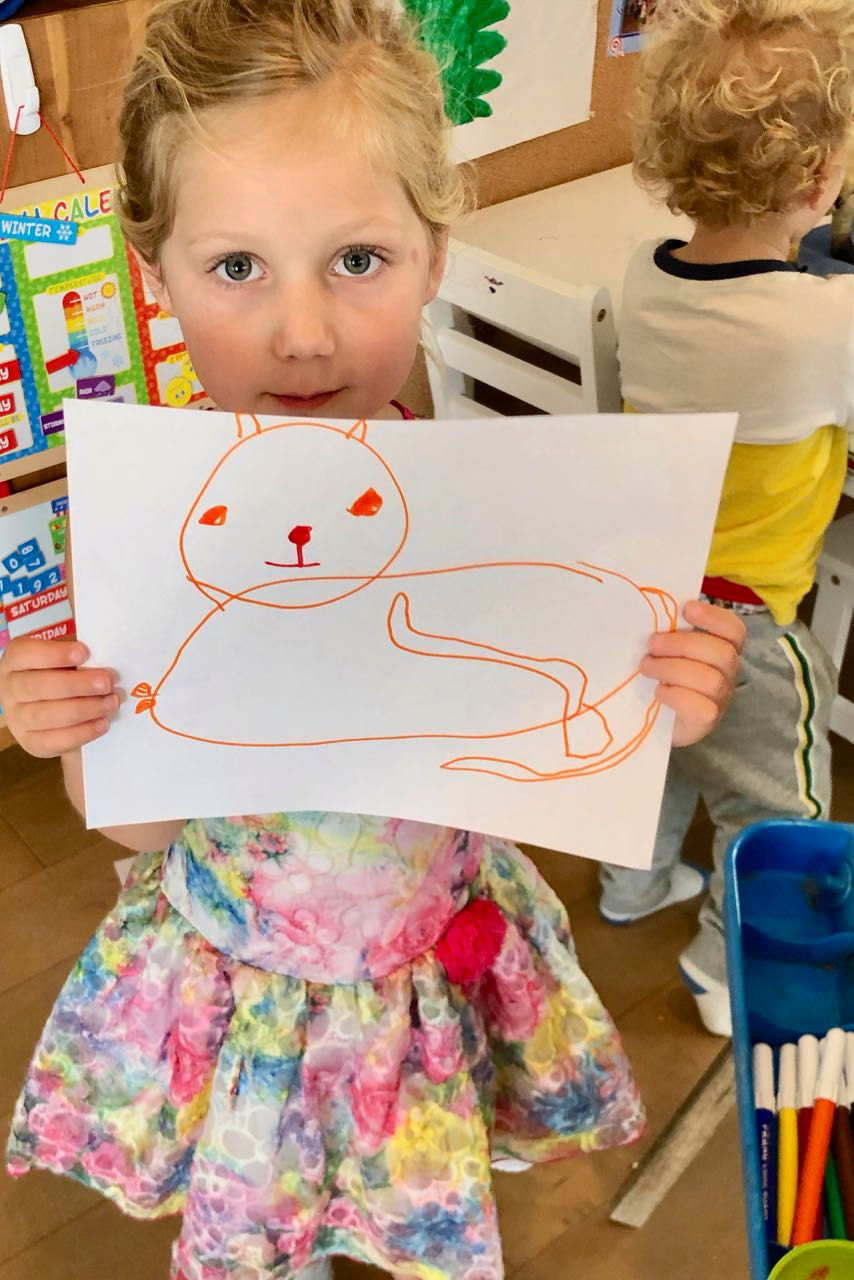
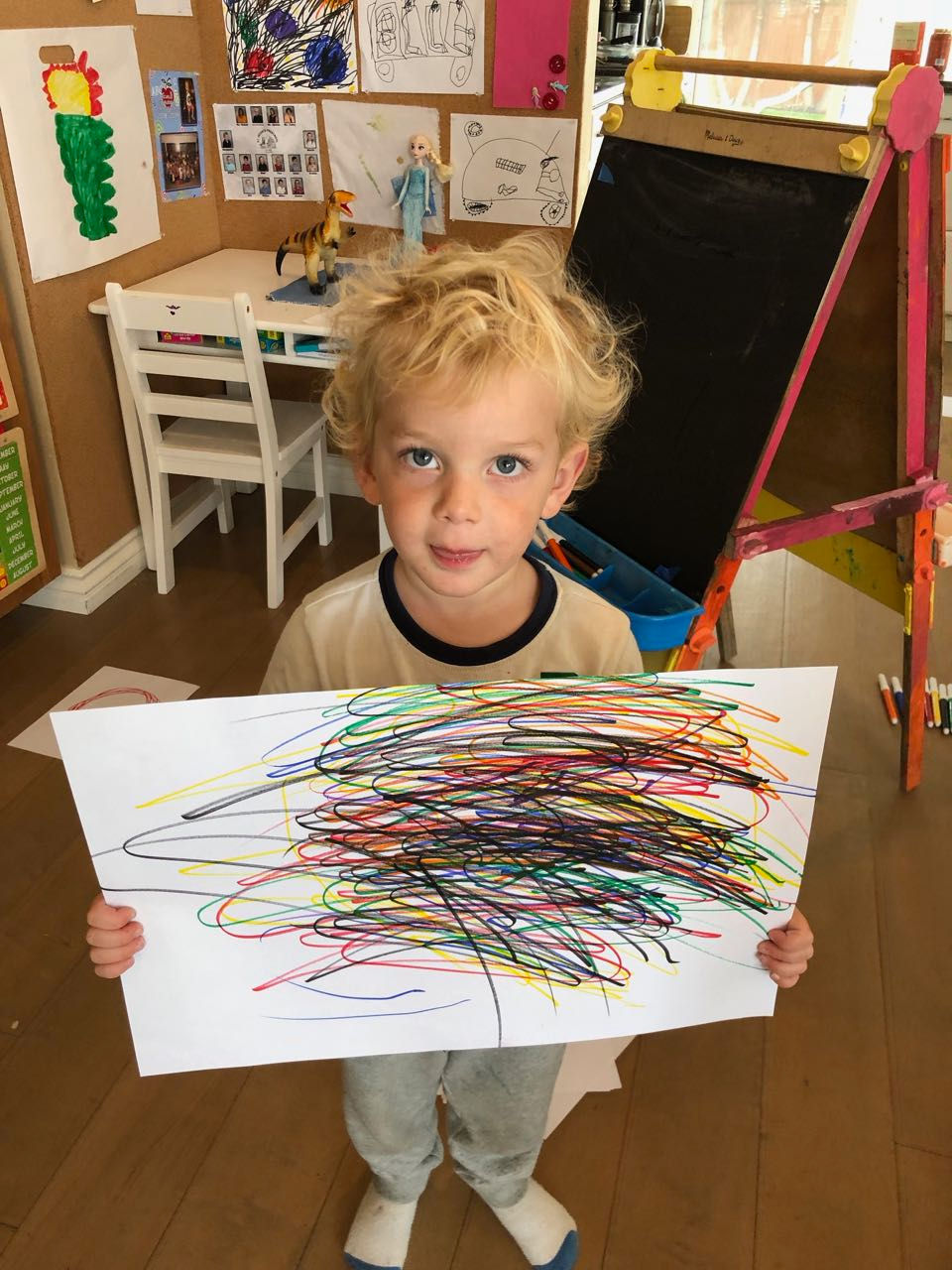




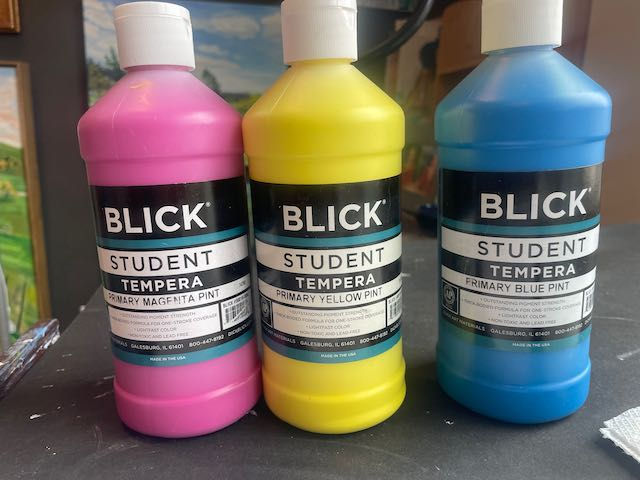
Comments